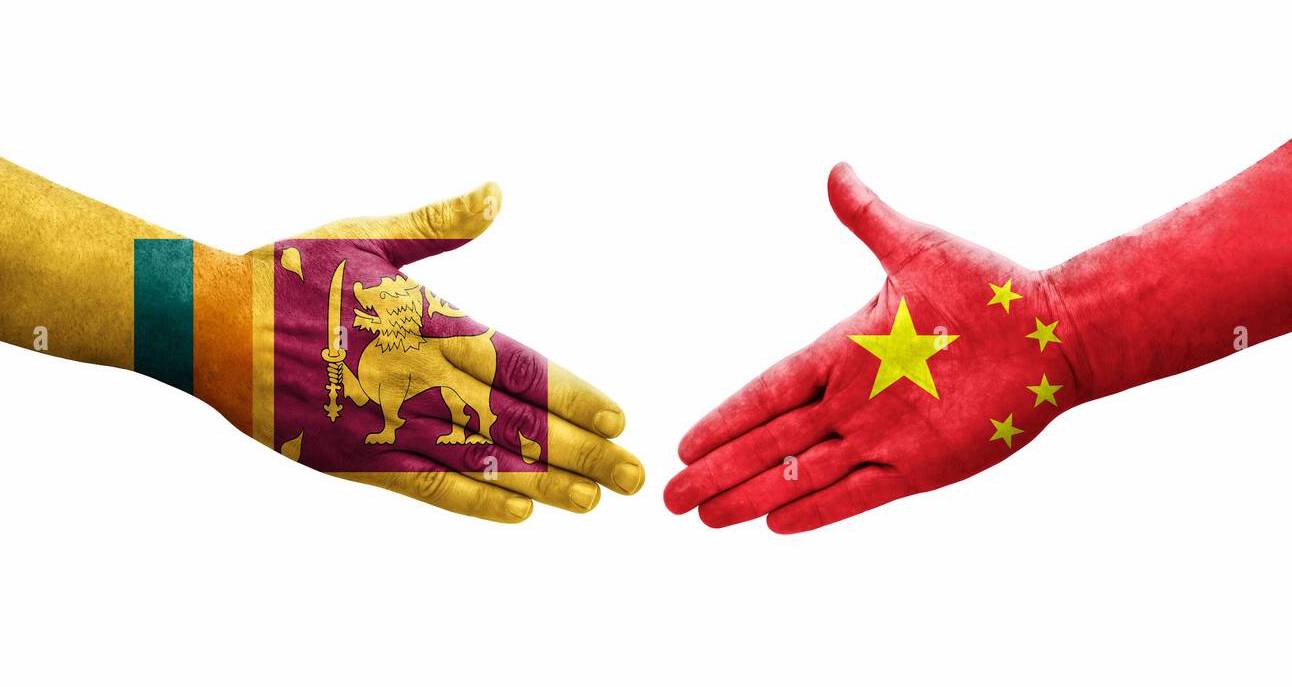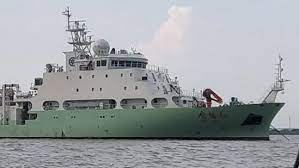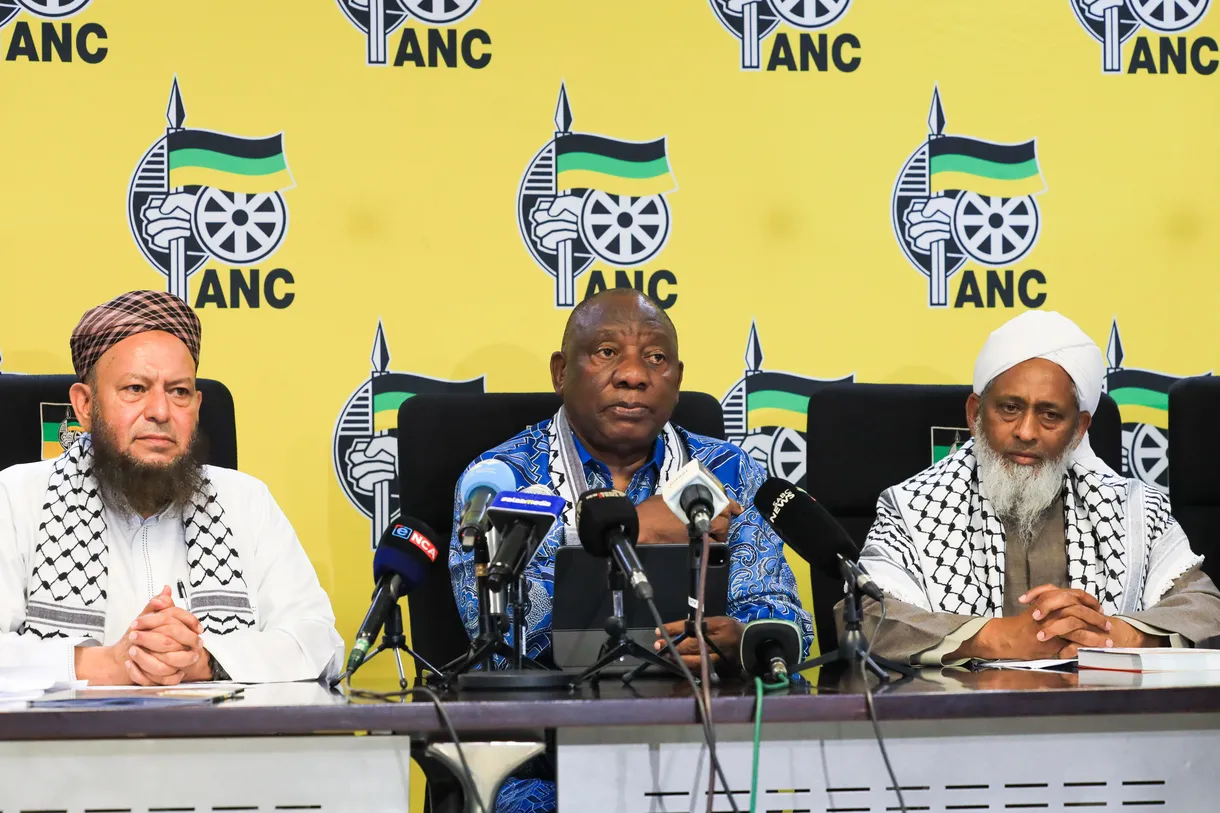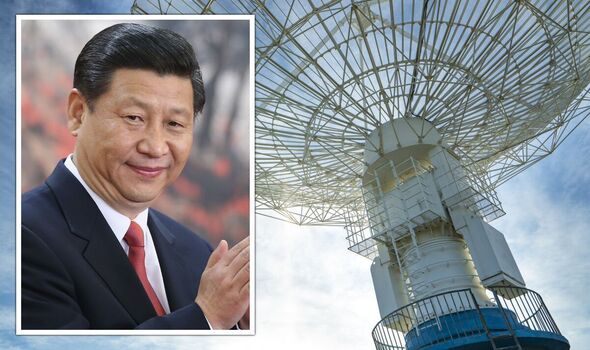Sri Lanka’s policy towards India remains ambiguous, reflecting its ongoing struggle to balance relations with both India and its strategic rivals. During his official visit to New Delhi following his electoral victory, JVP leader Anura Kumara Dissanayake affirmed, “We don’t want Sri Lanka to be sandwiched, especially between China and India.” Nevertheless, recent policy trends and diplomatic manoeuvres from Colombo suggest a gradual drift towards a “sandwich state” posture, wherein Sri Lanka risks being positioned between competing spheres of influence.
Sri Lanka had reached a state of economic bankruptcy, prompting India to step in and provide $4 billion in unconditional assistance. In this context, if Colombo were truly committed to rapid economic recovery, it would be expected that India’s proposed initiatives would have been implemented swiftly. The fact that these plans have not advanced as anticipated reinforces suspicions that there may be deliberate delays in the execution of Indian-backed projects.
India’s External Affairs Minister has previously expressed apprehension about what he suspected to be “a Chinese hand in slowing down or stopping all India-led initiatives, including a longstanding request to develop and operate more oil tanks in the Trincomalee facility.” Such suspicions gained traction when the Gotabhaya Rajapaksa administration cancelled the Eastern Terminal agreement with India. These recurring concerns underscore how Colombo consistently chooses to walk a diplomatic tightrope in managing its bilateral relationships, especially with its two Asian powers.
While several Indian-backed projects in Sri Lanka’s Northern and Eastern provinces have been progressing slowly, China has recently made a significant diplomatic and economic push. The Chinese Commerce Minister’s visit to Colombo, accompanied by a 115-member delegation from 77 companies, was widely reported in Sri Lankan media. The delegation, comprising representatives from four major Chinese chambers of commerce, aimed to strengthen economic ties and explore new investment opportunities in sectors such as infrastructure, renewable energy, logistics, and tourism.
During this visit, President Anura Kumara Dissanayake met with Minister Wang, praising China’s advancements in economic development, science and technology, and infrastructure. President Dissanayake reaffirmed Sri Lanka’s willingness to expand cooperation under the Belt and Road Initiative (BRI) and to attract further Chinese investment.
Notably, President Dissanayake’s first official overseas visit after taking office was to New Delhi, signalling a diplomatic outreach to India and intent to dispel previous misgivings, particularly those associated with the Janatha Vimukthi Peramuna (JVP)’s historical posture toward India. However, questions remain as to whether the India-Sri Lanka Joint Statement, issued during that visit, is being implemented as agreed.
The 2024 Joint Statement outlined several areas of cooperation, including:
– The supply of LNG from India to Sri Lanka;
– The establishment of a high-capacity power grid interconnection between the two countries;
– Trilateral cooperation among India, Sri Lanka, and the UAE to implement a multi-product pipeline for affordable and reliable energy;
– Joint development of offshore wind power potential in the Palk Straits, with a commitment to environmental protection.
Both leaders also expressed support for developing Trincomalee as a regional energy and industrial hub. A key aspect of the agreement was the timely implementation of these initiatives. Nevertheless, delays, such as the recent retreat regarding the Mannar Wind Farm project, have cast doubt on the pace of progress for Indian-backed ventures in the northern and eastern provinces of Sri Lanka.
For example, in February 2023, the Sri Lankan Board of Investment approved a $442-million wind power project by Adani Green Energy. However, during the presidential campaign, NPP leader Anura Kumara Dissanayake stated that a National People’s Power (NPP) government would cancel Adani’s 450 MW wind power project, citing concerns over alleged corruption and unfavourable terms. If the NPP raises questions about the integrity of foreign investments, it may also need to review numerous projects launched during previous administrations, particularly those from the Rajapaksa era.
In 2016, when the Maithripala Sirisena–Ranil Wickremesinghe government decided to lease the Hambantota port to China for 99 years, the JVP opposed the move and urged President Sirisena to reverse the decision. As a member of parliament, JVP leader Anura Kumara Dissanayake called for the postponement of the signing and threatened to block its implementation. Now, there is relative silence on Hambantota.
Another example is the Indian government’s offer of a US$62 million grant for the development of Kankesanthurai port—a project that remains in limbo pending further feasibility studies, as recently highlighted by a Northern Province parliamentarian. He questioned whether the NPP government is deliberately postponing the implementation of India’s projects in the north and east of Sri Lanka.
Given these developments, several critical questions emerge: What is the current government’s policy toward Indian projects in Sri Lanka’s north and east? Does its past anti-Indian political rhetoric constrain the NPP government, or is it strategically considering Chinese initiatives as a means to balance India’s influence?
While some observers argue that China is emerging as a counterweight to India in South Asia, it is widely recognised that antagonising India would not be conducive to Sri Lanka’s economic development. Navigating these complex relationships with nuance and foresight remains essential for Sri Lanka’s future stability and prosperity. Simply put, if Sri Lanka antagonises India, it risks jeopardising its future.




